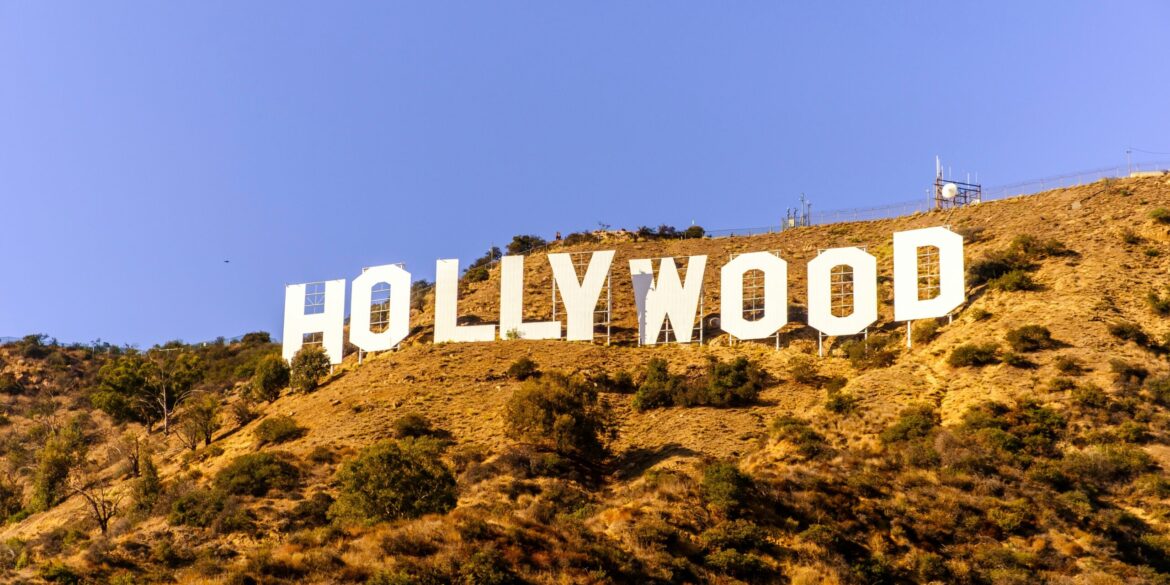The entertainment industry is undergoing a notable transformation as efforts to enhance diversity and inclusion in film and television gain unprecedented momentum. Industry leaders, advocates, and audiences alike are calling for equitable representation both in front of and behind the camera. Recent data and high-profile projects underscore that diverse productions are not only more culturally resonant but also achieve stronger critical acclaim and box office performance.
Growing Recognition of the Importance of Diversity
Over the past decade, Hollywood has faced increasing scrutiny regarding its lack of representation for women, people of color, LGBTQ+ individuals, and other marginalized groups. Movements such as #OscarsSoWhite, which gained traction in 2015, highlighted the systemic underrepresentation of minority actors and filmmakers in major award nominations. This public pressure spurred studios, networks, and streaming platforms to reexamine casting, hiring, and storytelling practices.
According to the latest “Hollywood Diversity Report” from the UCLA College of Social Sciences, the percentage of lead roles played by actors of color rose from 27.6% in 2018 to 36.3% in 2023, signaling significant progress. Similarly, the report found that films and TV shows with diverse casts tend to perform better financially. For example, 2022’s “Black Panther: Wakanda Forever” grossed over $850 million globally and received widespread critical praise for its inclusive storytelling.
Real Impact on Critical and Commercial Success
Studies have consistently shown a positive correlation between diversity and commercial success in entertainment. A 2021 report by McKinsey & Company revealed that films with inclusive casting and production teams often outperform their less diverse counterparts at the box office. This is attributed to their ability to connect with broader audiences and tell authentic stories that resonate across demographics.
The rise of streaming platforms such as Netflix, Hulu, and Amazon Prime Video has further amplified diverse voices. Netflix’s 2023 series “Heartstopper,” featuring an LGBTQ+ teen romance, received universal acclaim and quickly became a cultural phenomenon, proving that inclusive narratives can thrive and attract massive audiences.
Industry executives now increasingly view diversity as a key business strategy. Jennifer Wang, Senior VP of Content at a major streaming service, noted in a recent interview: “Diversity is no longer just a moral imperative; it’s essential for creativity and market success. Audiences want to see stories that reflect the world they live in.”
Industry Initiatives and Policy Changes
In response to these trends, Hollywood has introduced a range of initiatives designed to foster inclusion. The Academy of Motion Picture Arts and Sciences, responsible for the Oscars, implemented new representation standards in 2020 that require films to meet certain diversity criteria to be eligible for Best Picture consideration. These standards encourage diverse casting, crew hiring, and inclusive storytelling.
Major studios have launched internal programs to promote underrepresented talent. Warner Bros. Pictures, for instance, has committed to doubling the number of women directors and writers by 2025. Similarly, Universal Pictures recently announced a mentorship initiative aimed at supporting filmmakers from marginalized backgrounds.
On the union and guild side, organizations such as the Directors Guild of America (DGA) and Writers Guild of America (WGA) have increased efforts to recruit and retain diverse members. They offer workshops, fellowships, and networking opportunities targeted at emerging talent from underrepresented communities.
Challenges and Ongoing Conversations
Despite progress, challenges persist. Representation behind the camera—among directors, producers, cinematographers, and other key creative roles—lags behind on-screen diversity. A 2022 report by the Center for the Study of Women in Television & Film found that women made up just 21% of directors working on the top 100 grossing films.
There are also ongoing debates about the quality and authenticity of representation. Advocates stress the importance of not just having diverse faces on screen but ensuring stories are told with cultural nuance and respect. This has led to calls for greater involvement of creators from diverse backgrounds at all levels of production.
Audience Response and Cultural Impact
Audiences have responded enthusiastically to more inclusive content. Social media buzz, fan campaigns, and increased viewership numbers highlight a growing demand for diversity. Shows like “Pose,” which centers on the LGBTQ+ ballroom culture, and “Insecure,” focusing on the lives of Black women, have garnered devoted followings and critical awards recognition.
In addition to entertainment value, diverse representation fosters empathy and social understanding. Media psychologist Dr. Anita Desai explains, “When people see stories that reflect their experiences or introduce them to others’, it builds bridges and challenges stereotypes.”
Looking Ahead
The momentum toward diversity in Hollywood shows no sign of slowing. With greater accountability from industry gatekeepers, ongoing advocacy, and audience support, the coming years may usher in an era where representation is not an exception but the norm.
Key industry figures remain optimistic. “We are witnessing a cultural shift that will redefine storytelling for generations,” said veteran producer Ava DuVernay. “This is just the beginning.”


